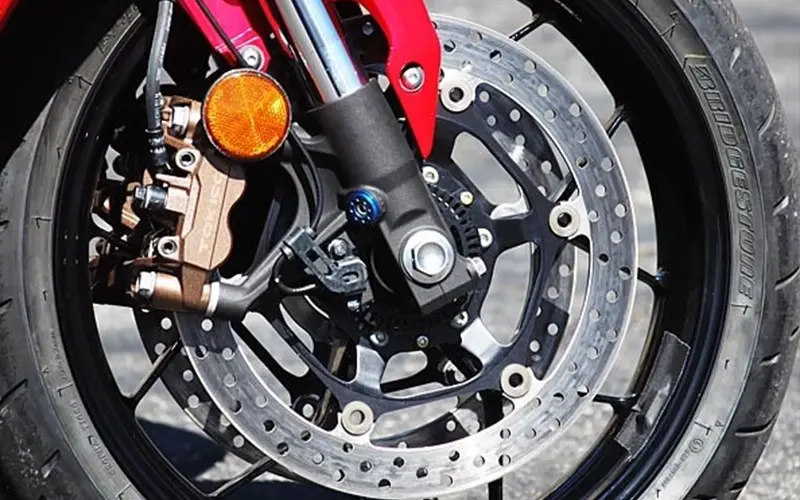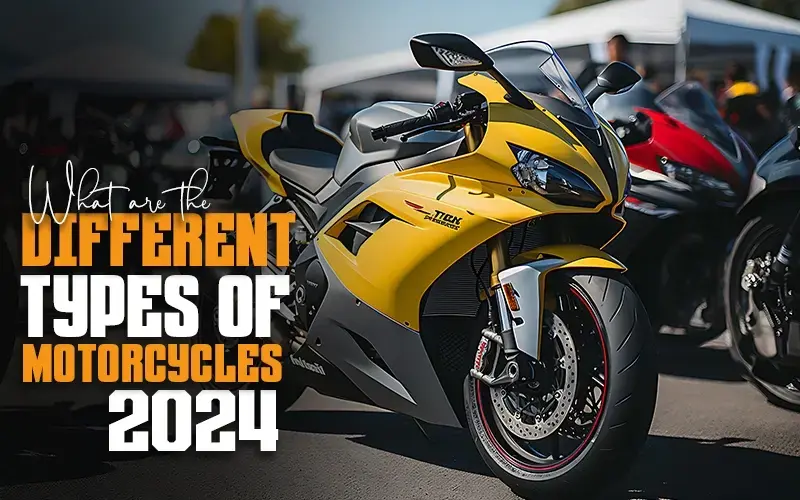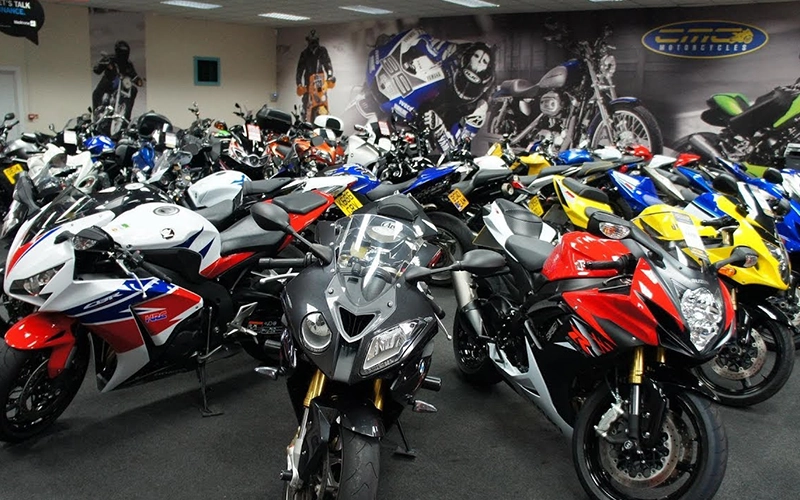There’s something magical about riding a motorcycle — the freedom, the adrenaline, the wind brushing against your jacket. It’s not just a mode of transportation, it’s a lifestyle. But in a world where performance and safety ride side-by-side, riders are increasingly paying attention to the details that make all the difference — and one of those critical details is the braking system.
If you’re shopping for motorcycles or motorcycle parts in 2025 — whether it’s a performance-driven sportbike or a reliable commuter — you’ve likely come across the debate: ABS vs. non-ABS brakes. It’s not just technical jargon anymore. The type of braking system your motorcycle has can significantly affect your riding experience, especially when it comes to emergency situations, road conditions, and even how confident you feel twisting that throttle.
Let’s unpack what ABS really means in today’s motorcycling world, why it’s becoming more than just a “nice-to-have,” and whether a non-ABS system still holds its ground.
Understanding the Braking Battle
So, what’s the actual difference?
ABS stands for Anti-lock Braking System. In simple terms, ABS prevents your wheels from locking up if you brake too hard or too suddenly. It does this by rapidly adjusting the brake pressure to ensure that the wheels don’t lose traction. That means you’re less likely to skid, especially in wet or slippery conditions. You still brake the same way, but the system does the thinking in milliseconds.
Non-ABS, on the other hand, is a traditional braking system. No sensors, no computerized modulation — just you and your brakes. It gives you complete control, but it also puts the full responsibility in your hands. For seasoned riders, that might sound like music to their ears. For others, it can be risky.
Why ABS Has Become the Standard (Almost)
ABS isn’t new — it’s been around for decades — but in recent years, it’s become the standard on many motorcycles. And it’s not just about safety; it’s also about performance, rider confidence, and market demand.
Most premium bikes now come with ABS pre-installed, and even entry-level bikes are beginning to offer it either as a default or as an optional add-on. This shift isn’t just a trend — it’s being driven by hard facts and real-world results.
In countries like the UK and those in the EU, ABS is now legally required on all new motorcycles above 125cc. Even India followed suit with similar mandates in 2019. While the U.S. hasn’t made it compulsory just yet, more and more manufacturers are making ABS a core feature.
Why? Because it works.
Stats don’t lie — motorcycles with ABS are significantly less likely to be involved in fatal crashes. Riders are better able to control their bike during emergency stops. Think about that moment when a car cuts in front of you, or a pothole appears out of nowhere. That’s when ABS quietly steps in and does its job.
The Real Rider Experience: How ABS Feels on the Road
If you’re someone who enjoys performance riding, you might wonder whether ABS dulls your connection with the road. Truthfully? It doesn’t.
Riders often report that ABS-equipped motorcycles feel just as responsive — sometimes even more so — because they ride with greater confidence. You’re not second-guessing your brake input. You’re not worried that a sudden stop might send your bike skidding across the road.
And ABS isn’t always “on.” It only kicks in when the system detects something’s off — like when one wheel starts to slow down drastically compared to the other. The rest of the time, your braking feels just like it always has.
When Non-ABS Still Makes Sense
Now, let’s be honest — not every rider needs ABS. For many experienced motorcyclists, especially those who’ve grown up on bikes without any digital assistance, non-ABS still offers that raw, unfiltered riding feel they love.
And they’re not wrong.
On certain surfaces like gravel or dirt, some riders prefer to lock the rear wheel intentionally for better control. Off-road riders, in particular, may opt for non-ABS bikes — or bikes with switchable ABS — so they can adapt based on the terrain.
There’s also the cost factor. Motorcycles without ABS are often more affordable. And for riders on a tight budget, a well-maintained non-ABS bike can still be a solid and safe choice — as long as you’ve got the skills.
But let’s not mistake preference for superiority. Non-ABS doesn’t mean “better.” It just means different.
The 2025 Buyer’s Landscape
If you’re shopping for motorcycles or braking components in 2025, you’ll notice that ABS systems are now integrated into a wider range of bikes, including entry-level street bikes, cruisers, and sport models. Even retro-style motorcycles are getting the ABS treatment — because brands know riders want classic looks with modern safety.
For online stores like Aliwheels.com, where you can browse everything from motorcycle accessories to performance parts, this shift means a growing catalog of ABS-compatible parts, from brake pads and rotors to advanced sensors and control units. You’ll also find maintenance kits tailored for ABS systems, helping you extend the lifespan and performance of your bike.
So when you’re upgrading your ride — whether it’s a Honda CB125 or a Yamaha R15 — make sure you’re picking parts that align with your bike’s braking system. Compatibility is key, especially when it comes to safety-critical components like brake calipers, master cylinders, and fluid lines.
What New Riders Should Know
If you’re just starting out and wondering which type of bike to buy — especially from a safety-first angle — go for ABS. It’s not about being “too cautious.” It’s about setting yourself up for success while you build your riding instincts.
We all make mistakes in our early riding days. Maybe you grab the front brake too hard. Maybe someone slams the brakes ahead of you in traffic. ABS gives you a bit of a buffer — a digital co-pilot, if you will — without interfering with your natural instincts.
Many training schools and safety organizations now recommend ABS bikes for beginners. They allow you to focus on throttle control, posture, and road awareness while giving you a safety net when things go sideways.
Where the Road Is Headed
With technological innovation accelerating across the motorcycle industry, it’s not just ABS that’s evolving. We’re seeing the integration of cornering ABS, traction control, and even smart braking systems that communicate with other vehicle sensors.
These systems analyze lean angle, speed, and road conditions to deliver braking power even more precisely. What was once reserved for high-end superbikes is trickling down into mid-range and even commuter motorcycles.
For motorcycle enthusiasts who love tweaking and upgrading their rides, that means a lot more customization options. You’ll start seeing aftermarket upgrades like dual-channel ABS kits, braided lines for better brake feel, and performance sensors that improve responsiveness.
So, Which One Should You Choose?
If you’re the kind of rider who enjoys pushing limits, doing weekend highway runs, or simply navigating busy city streets — ABS might just be the best investment you make. It doesn’t get in your way, it doesn’t take away your control. It just steps in when things go wrong, which is exactly when you need it most.
If, however, you’re an off-roader, a minimalist, or a budget-conscious rider with plenty of experience under your belt, a non-ABS bike can still be a thrilling and reliable machine. Just know your bike. Know your roads. And ride with discipline.
The best part? No matter which route you take — ABS or non-ABS — you’ll find the gear and components to match your style at Aliwheels.com. From brake fluid to rotor kits, from performance upgrades to classic designs, we’ve got what you need to keep your motorcycle running strong and stopping stronger.
Final Thoughts
In the end, motorcycling is a personal journey. And whether you ride a custom cafe racer, a street-naked beast, or a lightweight commuter, your braking system is one of the most important things you’ll ever choose for your bike.
ABS vs. non-ABS isn’t about right or wrong — it’s about knowing what you need and what works best for your riding habits. It’s about staying safe without sacrificing the thrill.
As 2025 unfolds and technology continues to shape the riding experience, one thing is clear: the smarter your choices, the longer and safer your ride.
Now go out there and enjoy the open road — on your terms.










